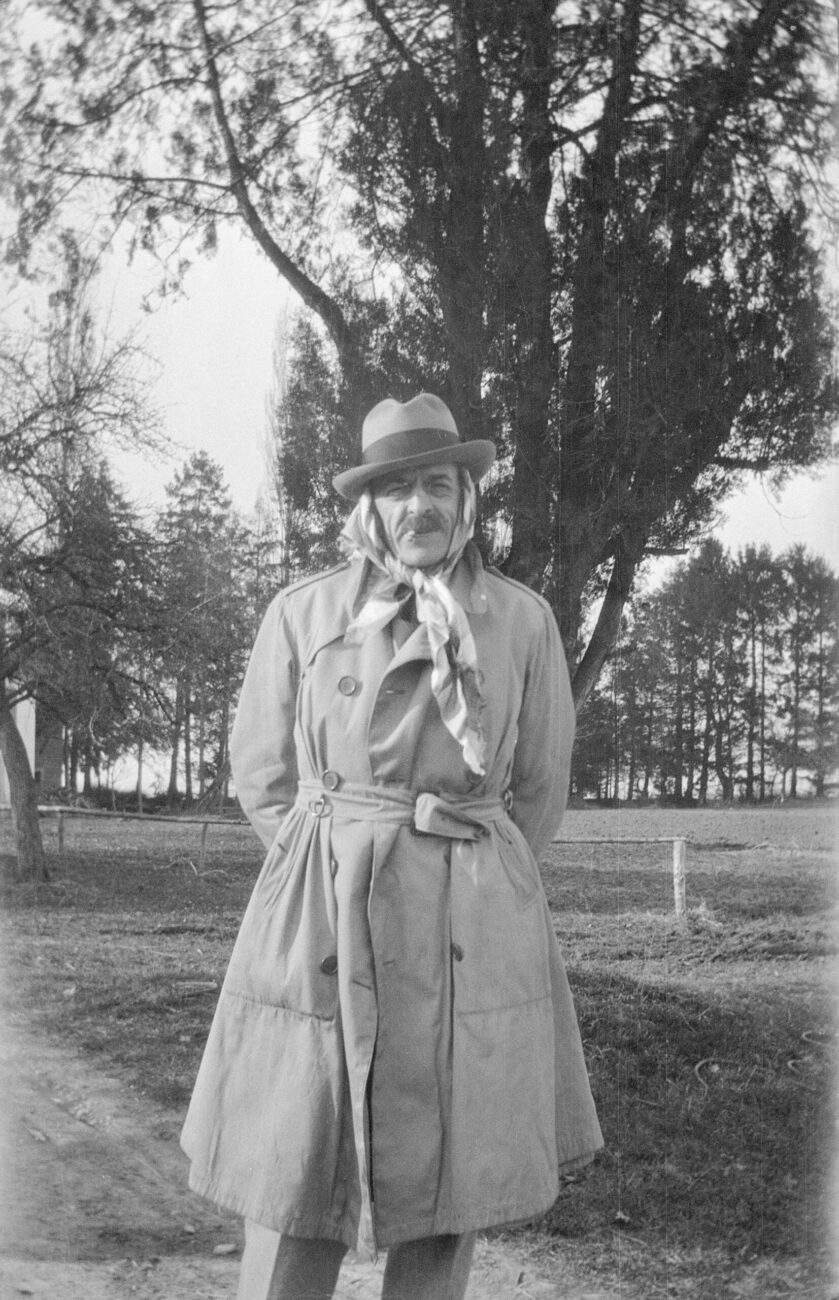When it came to politics and ideology, Ramuz was careful not to allow himself to be instrumentalized. In contrast to aesthetic matters, he never sought to clarify his position in this regard, no doubt because he had no wish to alienate any potential supporters. Consequently, both the proletarian and bourgeois camps could identify with his work. On the one hand, the socialist or communist left was sensitive to Ramuz’s concern for the “little people.” On the other, the Catholic or nationalist right believed that Ramuz’s writings reflected a rejection of individualism and intellectualism similar to their own. Everyone could be convinced that Ramuz unknowingly embraced and expressed Christian, liberal, bourgeois or communist ideals in his works. In the polarized context of the 1930s, his writing could be seen to show tendencies towards mysticism, Catholicism, or regionalism just as much as anarchism.
However, Ramuz was unable to avoid the trap—an advantageous one, admittedly—of “national writer” status. From the 1930s onwards, the uses to which he lent himself, often dictated by financial necessity, gave the impression that the writer was playing along with the discourse of identitarian or patriotic assertion. After his death, it was this reading that came to the fore, as the author could no longer defend himself against it, as he had done many times during his lifetime.
« I lived outside the world, which enabled me to escape some of the disillusionment of men of my age. […] Neither liberal, nor radical, nor bourgeois, nor capitalist. In my corner, with all the difficulties that this situation entails, but also its advantages. »
Taille de l’homme, 1933
